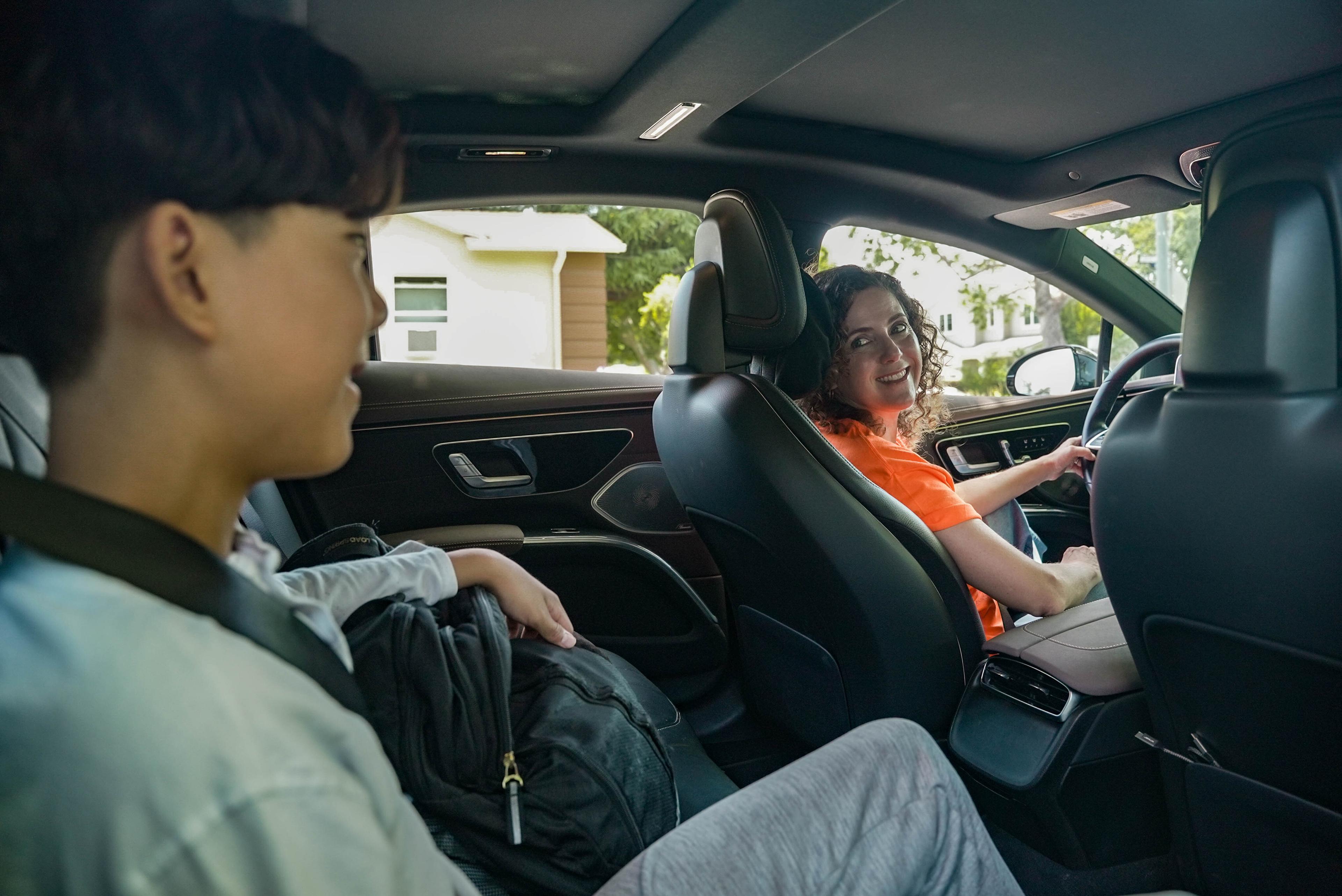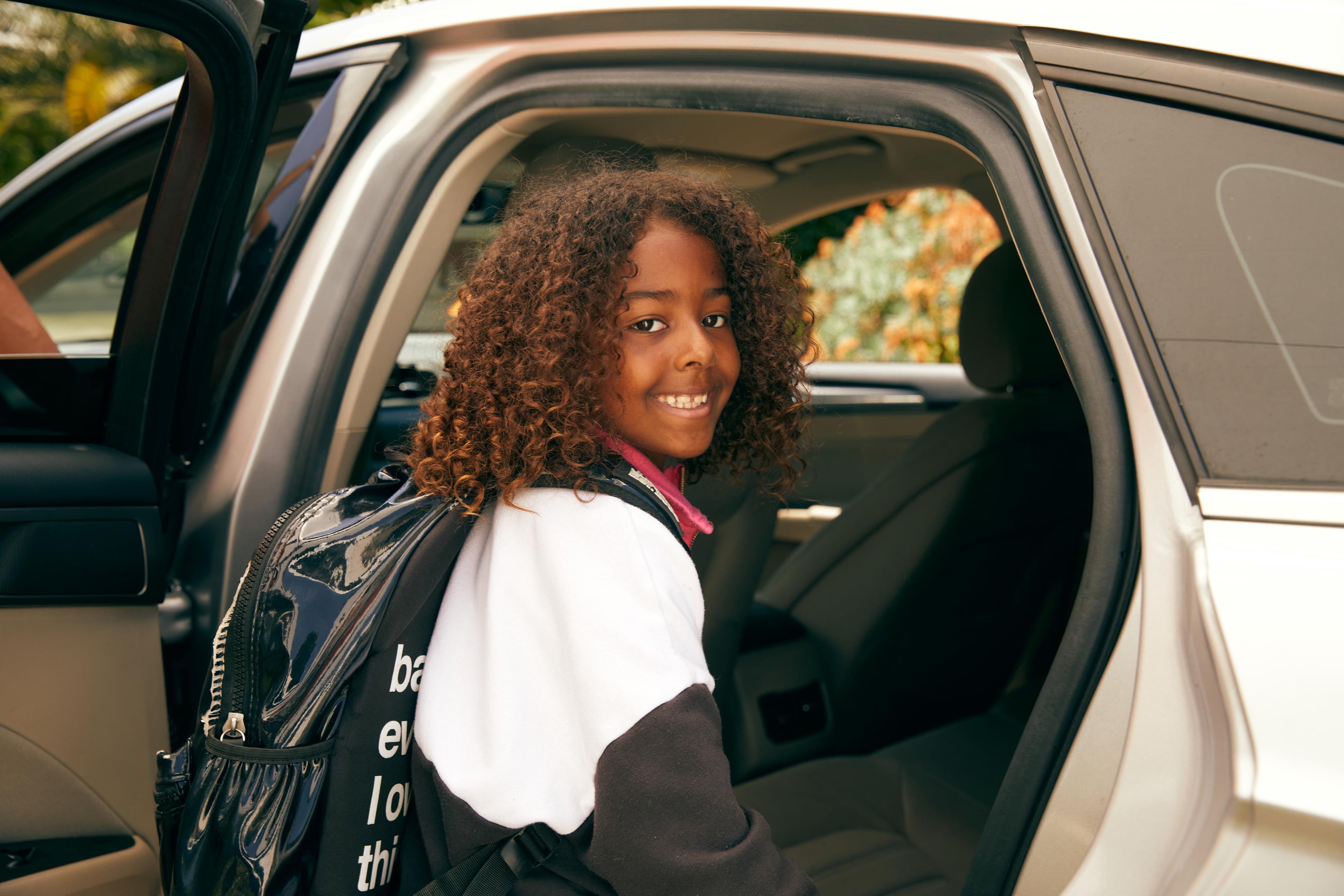Five ways to reduce overstimulation on the ride to school
For children and teens with autism, it’s not always possible to “ignore” overwhelming sights, sounds, smells and textures. While not all people on the autism spectrum experience increased sensitivity, many do.
When people are overstimulated, they may react in a variety of ways. Some common responses include irritability, restlessness, stress and anxiety, increased sensitivity to other stimuli, and a desire to cover up eyes and ears.
In this article, we’ll dive into five different ways caregivers and transportation providers can reduce overstimulation factors, whether on a school bus, during a carpool or in a small vehicle or private car.
Noise-canceling headphones
For students who are overstimulated by unwelcome, loud or repetitive noises, a pair of noise-canceling headphones — or even earplugs — can really help. These devices help eliminate or reduce noises that can overwhelm those who are sensitive to sound.
Even in small vehicles where a music-free, shout-free experience is possible, the right gear can help transportation providers be prepared for the unexpected. (Think sirens, honking horns or even the usual hustle and bustle of traffic.)
Sunglasses or eyeshades
Sunglasses or eyeshades can help students sensitive to stimulation block out much (or all) of their vision. This is especially key in a rowdy setting (like a school bus) or a situation where there is a lot of light (like being exposed to the afternoon sun).
When selecting sunglasses or eyeshades, work with the child ahead of time to ensure the item’s fabric, color and size is acceptable. These tools only work if students tolerate them, so prepare to test out a few options before settling on one.
Wide-brimmed hats
The right hat can help reduce visual input while offering children a little bit of privacy. Wide-brimmed hats like sun hats work well, but if a kid is more comfortable wearing their favorite ball cap, that will work, too. What’s most important is their comfort — and their willingness to wear a hat.
Chair pads or seat covers
Another thing to consider: stiff, scratchy or otherwise uncomfortable seating. Whether it’s a school bus bench or a stiff passenger seat, think about how these spaces could be made more accommodating to kids with tactile sensitivities.
One thing to keep top of mind, of course, is safety. Consult each vehicle’s manual or manufacturer before altering seats. And never add any cushioning to a car seat.
Cleaner surfaces
Finally, keeping school buses and private cars clean can help children feel more calm and comfortable. Some students are sensitive to surfaces that are overly sticky or dirty. Keeping vehicles tidy can go a long way.
One easy trick: keep a pack of water wipes in the vehicle, and wipe down surfaces before the student embarks. Just be sure to avoid scented cleaning products, which can be overstimulating, too.


